Why Don’t Bats Get Cancer? How bat research could transform human aging and cancer treatment…
Bats are the longest-lived mammals for their size, with species like the little brown bat (Myotis lucifugus) surviving over 30 years in the wild. Even
From 1965 to 1968, the Smithsonian Institution, funded by the U.S. Army, set out on an ambitious project to document the mammals of Venezuela and their ectoparasites (fleas, mites, and ticks). It was hoped that such knowledge, collected at varied locations around the world, might save lives in the event of future military activities.
Merlin Tuttle was hired to co-direct the project for the first two years. He arrived in Venezuela with his field team at a time of extreme unrest. Communist insurgents were robbing banks, engaging in gun battles at the national university and killing police in downtown Caracas. Merlin was captured by communist guerillas. One of his first jungle camps was nearly bombed and strafed by Venezuelan marines. And his expedition to the remotest frontier areas had to survive record-breaking floods, an attack from river bandits, and threats from hostile Yanomamö.
Beyond his wild adventures, these two years of fieldwork in Venezuela had enormous impact on Merlin’s understanding of bat needs and values, helping to create the bat conservationist he is today.
These 50-year-old stories, photographs, and documentary films of Dr. Tuttle’s are shared for the first time in a blog series written by PK Miller.
Presidential intervention enables Merlin to return to Venezuela despite a Communist revolt.
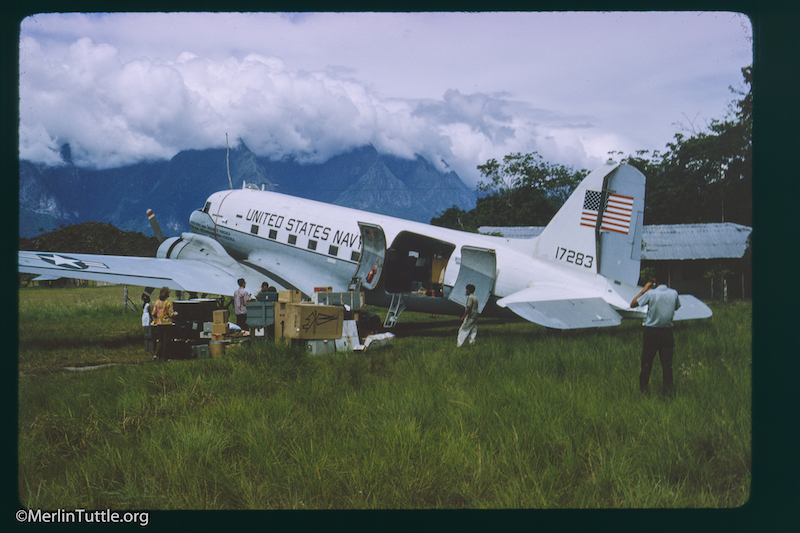
Surviving trip up flooding river, establishing base camp in a Maquiritare village, making a rare bat discovery, collecting rats to cats, and preparing for Cerro Duida climb.
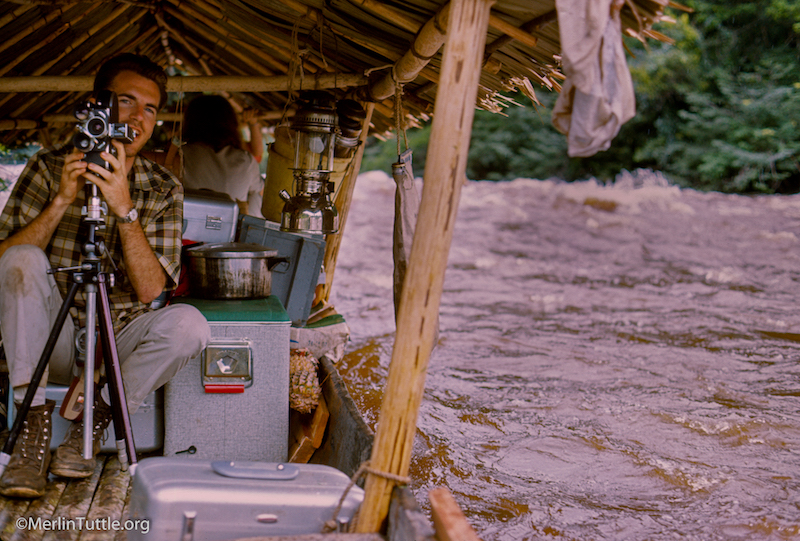
Climbing cliff-face ledges, capturing deadly bushmaster snake, and adjusting to impenetrable forest, treacherous crevasses, and unpredictable weather.
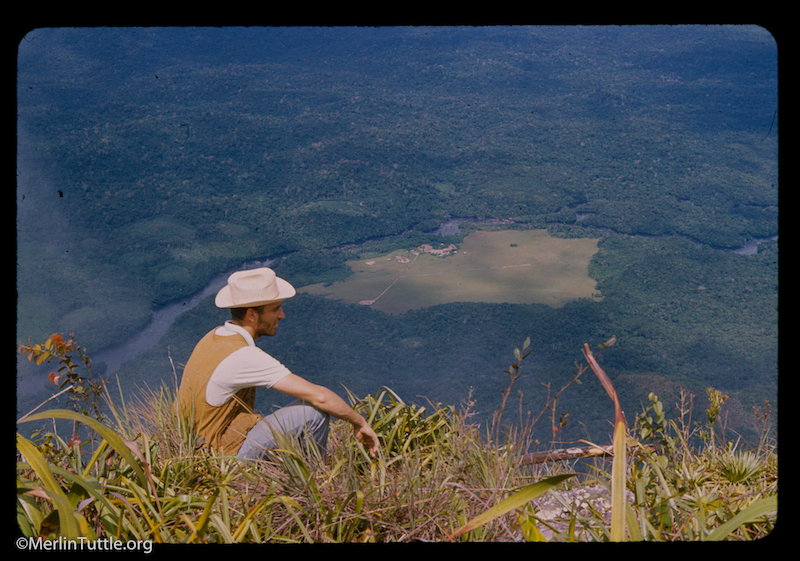
Army ant invasion, adapting to waring Yanomamö, escaping attack, and collecting rare bats and rats.
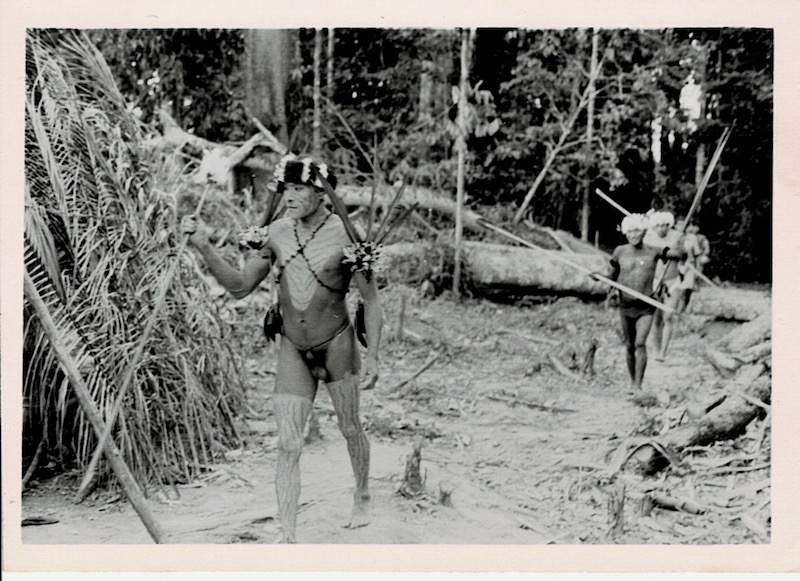

Discovering unique bat behavior amid swarms of biting gnats and threat of river bandits.
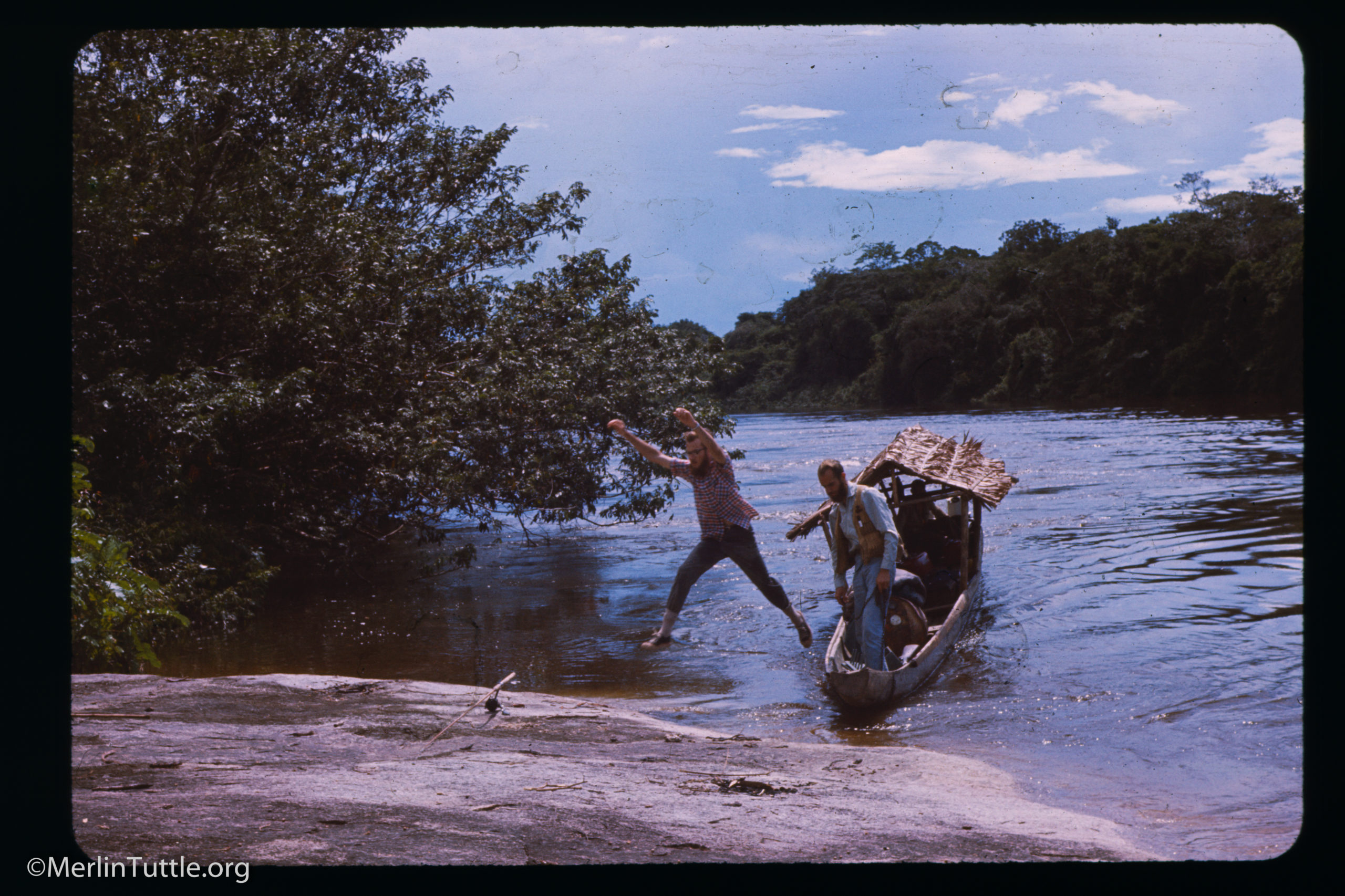
The richest wildlife diversity in Venezuela!
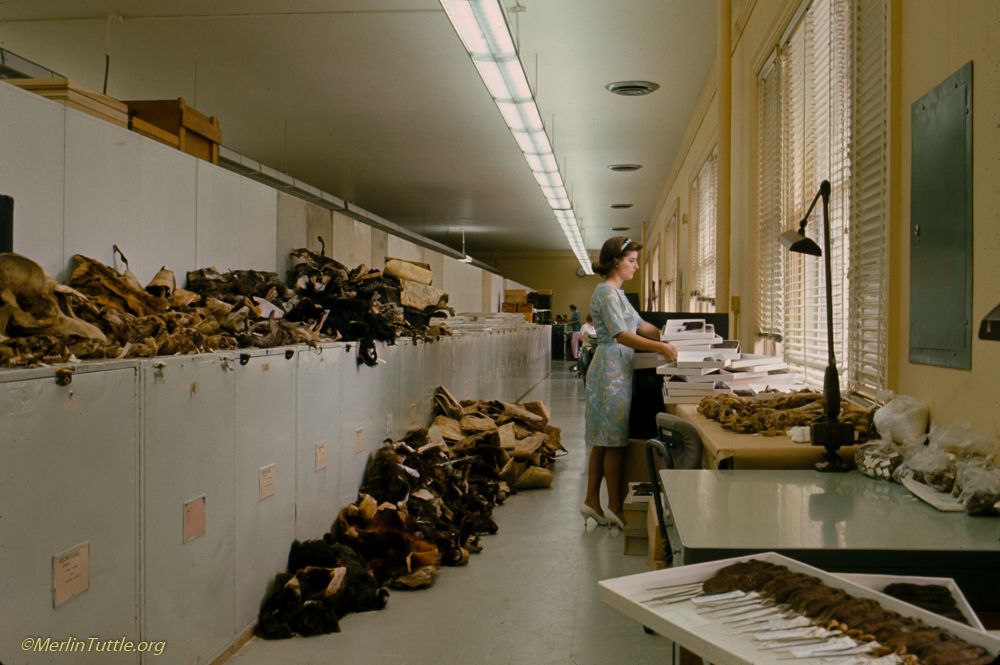
Love our content? Support us by sharing it!
Bats are the longest-lived mammals for their size, with species like the little brown bat (Myotis lucifugus) surviving over 30 years in the wild. Even
Can we afford to lose bats? A recent study by Eyal Frank of the University of Chicago reveals that the dramatic decline in U.S. bat
Bats are among the most fascinating yet misunderstood creatures in the natural world, and for many conservationists, a single experience can ignite a lifelong passion
Many bat conservationists know that Kasanka National Park in Zambia is an exceptional place for bats, but it is also the place that sparked my
2024 © Merlin Tuttle’s Bat Conservation. All rights reserved.
Daniel Hargreaves is a lifelong bat conservationist who has worked globally to facilitate progress, including co-founding Trinibats, a non-profit bat conservation organization in Trinidad. He has organized and led field workshops worldwide, including five for MTBC. Following a long and successful career in business, he now manages a network of bat reserves for the Vincent Wildlife Trust in the UK, supervising research and development of new and innovative conservation techniques. Daniel also is one of the world’s premier bat photographers.
Madelline Mathis has a degree in environmental studies from Rollins College and a passion for wildlife conservation. She is an outstanding nature photographer who has worked extensively with Merlin and other MTBC staff studying and photographing bats in Mozambique, Cuba, Costa Rica, and Texas. Following college graduation, she was employed as an environmental specialist for the Florida Department of Environmental Protection. She subsequently founded the Florida chapter of the International DarkSky Association and currently serves on the board of DarkSky Texas. She also serves on the board of Houston Wilderness and was appointed to the Austin Water Resource Community Planning Task Force.
Michael Lazari Karapetian has over twenty years of investment management experience. He has a degree in business management, is a certified NBA agent, and gained early experience as a money manager for the Bank of America where he established model portfolios for high-net-worth clients. In 2003 he founded Lazari Capital Management, Inc. and Lazari Asset Management, Inc. He is President and CIO of both and manages over a half a billion in assets. In his personal time he champions philanthropic causes. He serves on the board of Moravian College and has a strong affinity for wildlife, both funding and volunteering on behalf of endangered species.